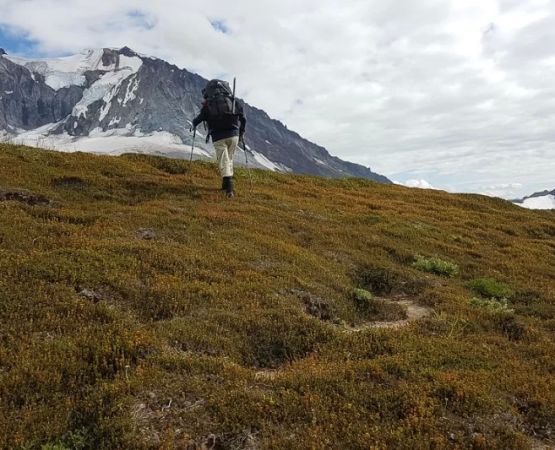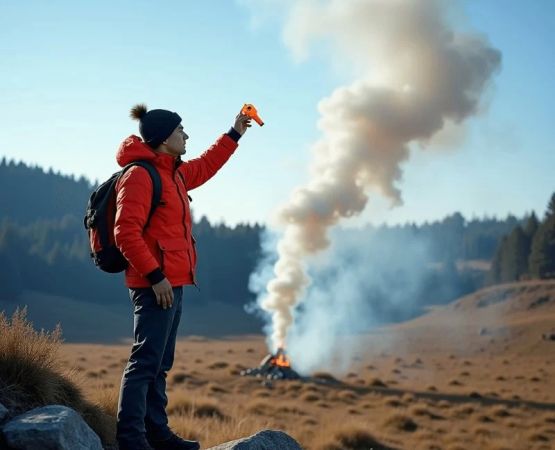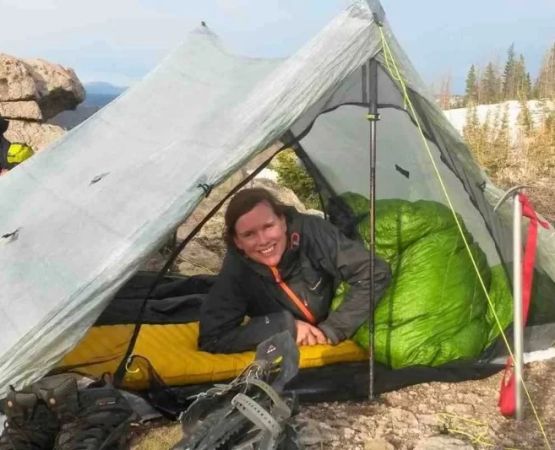- what-makes-lakefront-camping-unique
- must-visit-lakefront-campgrounds-across-america
- personal-experiences-that-bring-it-to-life
- planning-tips-for-lakefront-camping-trips
- choosing-between-tent-rv-or-cabin
- making-your-lakefront-stay-unforgettable
1. What Makes Lakefront Camping Unique
Lakefront camping offers a tranquil blend of nature and recreation unlike any other outdoor experience. Unlike forest or mountain camping, lakeside sites offer immediate access to water-based activities like fishing, swimming, canoeing, and paddleboarding. Waking up to a mirror-like lake, hearing the soft splash of water against the shore—these moments define serenity.
For many American families, lakefront camping is more than a weekend getaway—it’s a tradition. Whether it’s summer fishing trips in Minnesota or a quiet autumn escape in the Adirondacks, camping by a lake stirs nostalgia and connection with nature. These campgrounds are not only about rest; they offer immersion into wildlife, eco-conscious recreation, and communal bonding.
2. Must-Visit Lakefront Campgrounds Across America
The US is dotted with stunning lakefront campgrounds, each offering its own flavor of adventure:
- Crater Lake National Park, Oregon: Known for its impossibly blue waters, this lake formed from a collapsed volcano is both mystic and mesmerizing. Mazama Campground offers modern amenities alongside jaw-dropping views.
- Lake George Battleground, New York: Rich in Revolutionary War history, this area offers both cultural insights and scenic lakefront views—great for families and history buffs.
- Devils Lake State Park, Wisconsin: The quartzite bluffs tower over a pristine lake—an iconic Midwest destination for kayaking and rock climbing.
- Lake Ouachita State Park, Arkansas: Less known but incredibly beautiful, its clear waters are ideal for snorkeling and houseboat rentals.
- Pine Cliff Resort, Kentucky: A true hidden gem, this private campground offers quiet wooded sites right along a scenic lake with cabin rentals and kayak access. For travelers seeking comfort with nature, Pine Cliff Resort offers excellent packages.
Each of these lakefront campgrounds represents a distinct American landscape—Northwest volcanic shores, East Coast historic waterlines, or Southern calm retreats.
3. Personal Experiences That Bring It to Life
Jake, a teacher from Colorado, shared how a spontaneous trip to Lake Crescent in Washington with his kids turned into their annual tradition. “We didn’t even mean to camp there—we were just passing through. But the kids fell in love with it. We rented kayaks the next morning and caught our first family fish.”
Meanwhile, Olivia, a solo traveler from Boston, chronicled her stay at Lake Tahoe’s Meeks Bay on social media. “I watched the sunrise every morning with coffee. Evenings were bonfire-lit journaling sessions with loons calling across the water. I’ve never felt more creatively inspired.”
These real-life stories show how lakefront campgrounds aren't just destinations—they're chapters in people’s lives. That’s what makes them top camping choices across the US.
4. Planning Tips for Lakefront Camping Trips
A great trip begins with smart planning. Start with choosing the right season: summer offers water warmth, while spring and fall bring fewer crowds and stunning foliage. Book early, especially for popular spots like Lake Chelan or Lake Powell.
Packing essentials include bug spray (mosquitoes love water), swimwear, waterproof bags, and a basic first aid kit. Bring layered clothing—mornings can be chilly near the water. If you’re planning to fish, check if the campground requires state permits.
Don’t forget safety. Be mindful of algae blooms, post-swimming rinse-offs, and designated fire zones. And always inform someone of your itinerary, especially if camping in a remote area.
5. Choosing Between Tent, RV, or Cabin
Your choice of lodging shapes your lakefront camping experience. Tent camping keeps you closest to nature—fall asleep to the sound of frogs and gentle waves. It’s affordable and ideal for those who enjoy minimalist travel.
RV campers enjoy flexibility and comfort. With kitchens and climate control, RVs are perfect for longer stays or those traveling with family. Many lakefront campgrounds now offer full hookups.
For a “glamping” style trip, many top lakefront campgrounds in the US—like Pine Cliff Resort—offer rustic cabins. These balance natural immersion with shelter and cozy bedding. Great for first-timers or older campers who want peace without pitching a tent.
6. Making Your Lakefront Stay Unforgettable
To elevate your lakefront adventure, focus on meaningful engagement. Try sunrise yoga near the shoreline, or teach your kids how to catch and release fish. Make meals from local produce or fresh catches.
Use your time to disconnect. Set aside your phone. Take long walks, journal, or stargaze without light pollution. The best memories often come from the simplest moments—watching dragonflies, skipping stones, or listening to distant loon calls.
If you're searching for one of the top lakefront campgrounds in the US that blends tranquility, family fun, and modern comforts, look into Pine Cliff Resort. Whether you’re an RV enthusiast, cabin lover, or tent camper, it offers options for all kinds of outdoor lovers.
Lakefront camping isn’t just about the destination—it’s about how you spend your time in it. So pack your gear, bring your curiosity, and dive into an American tradition that continues to capture hearts across generations.






